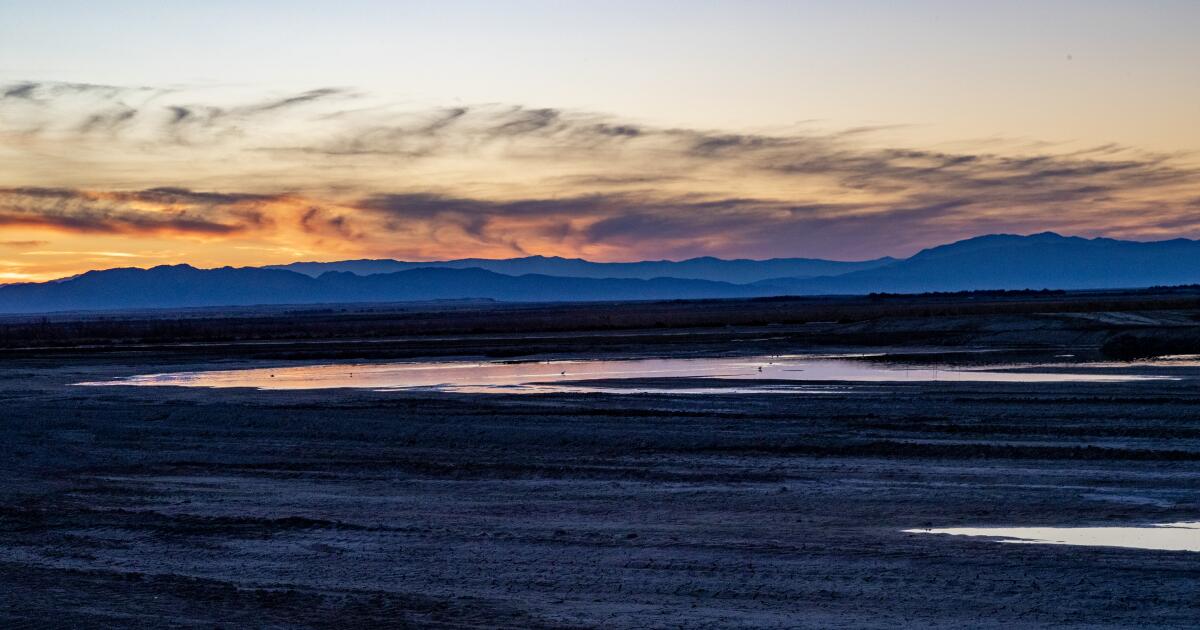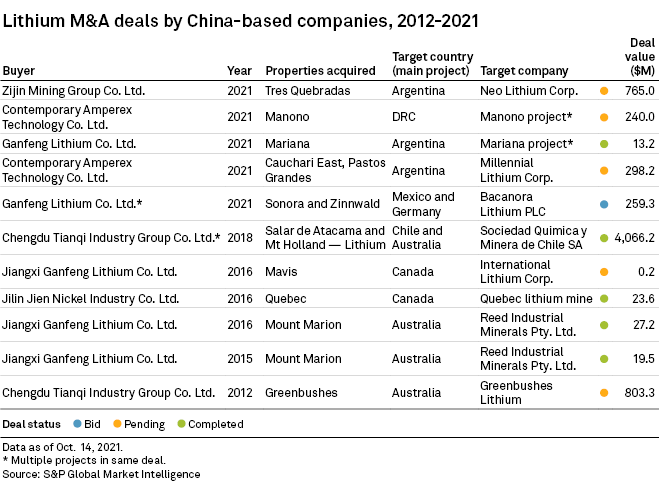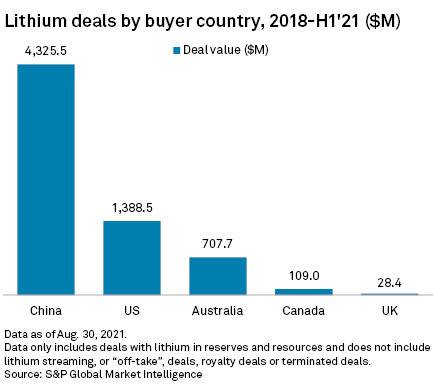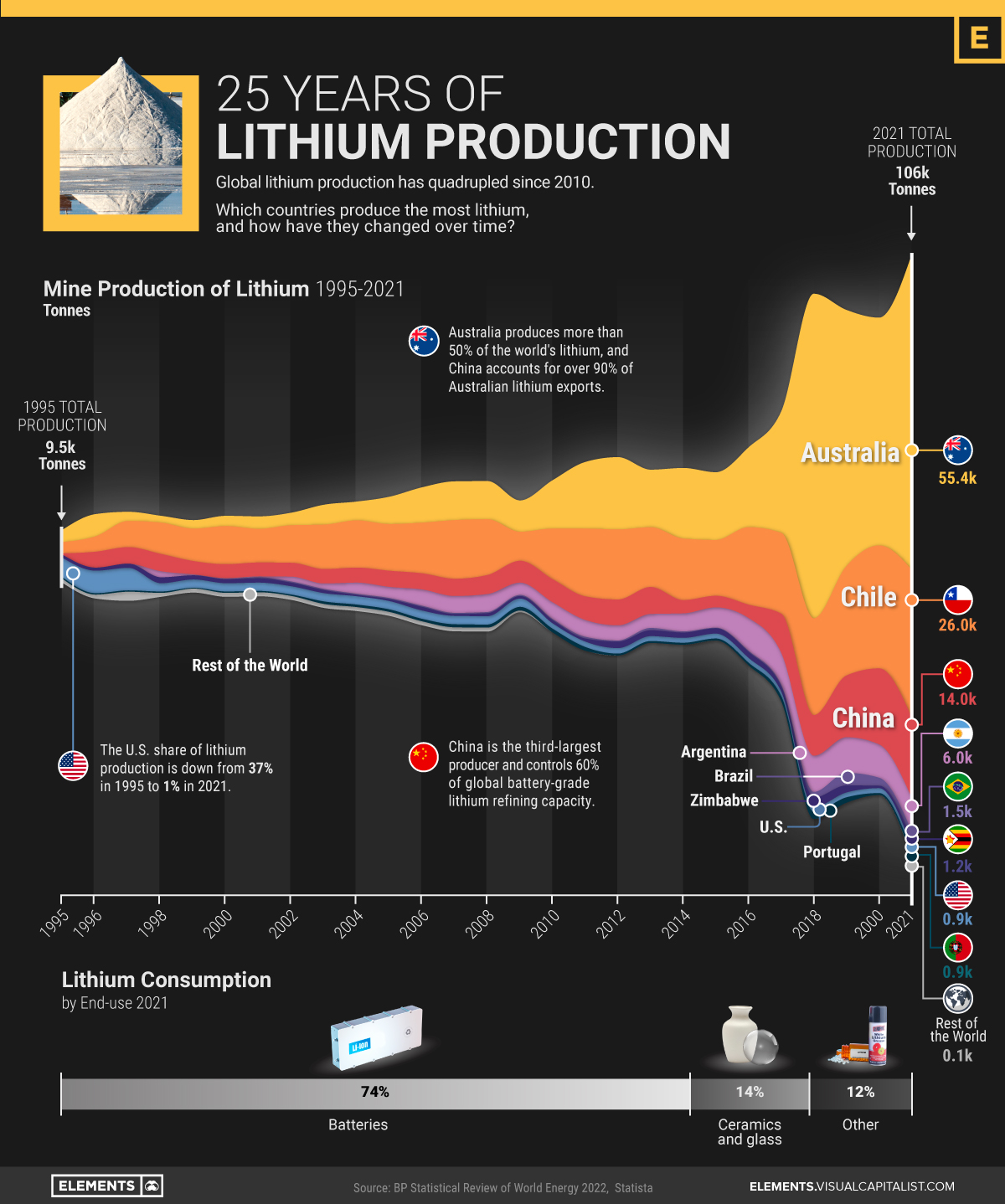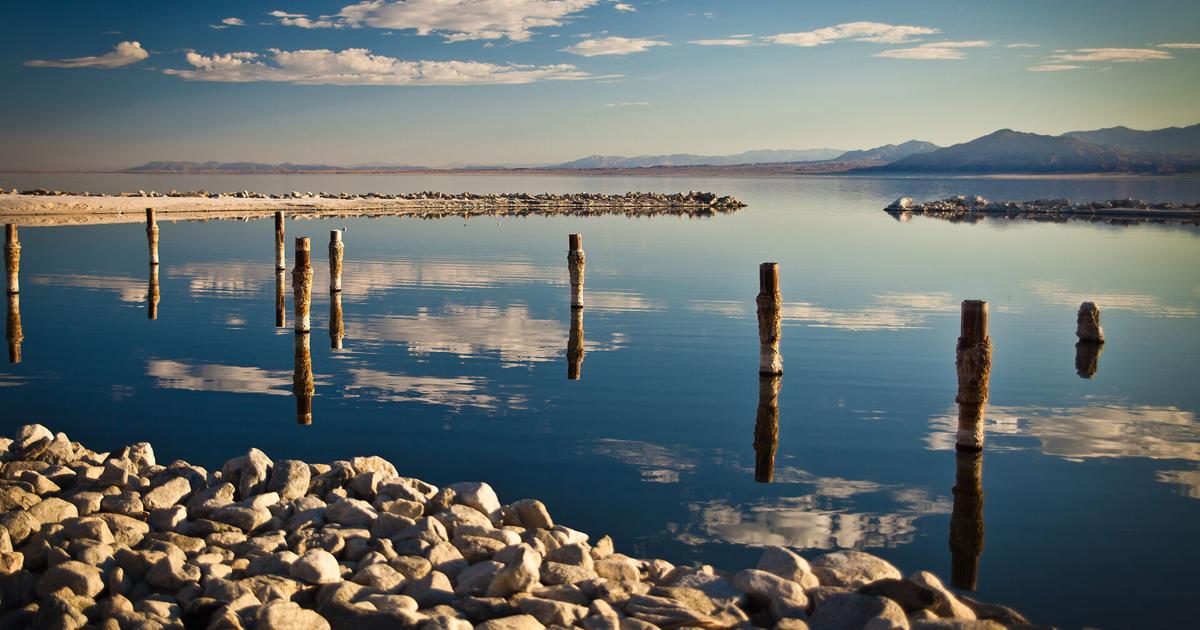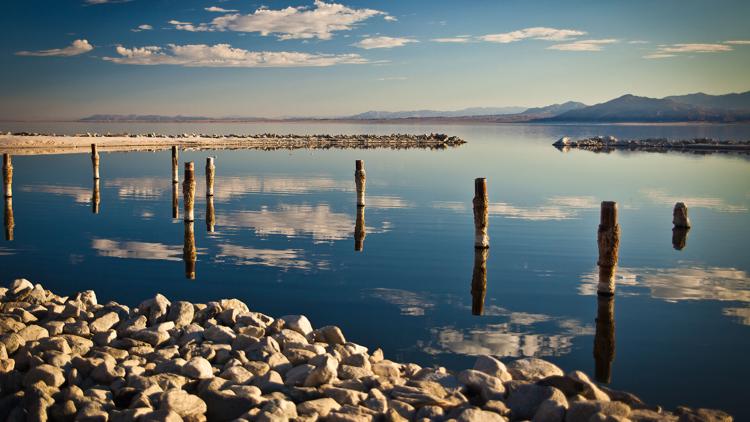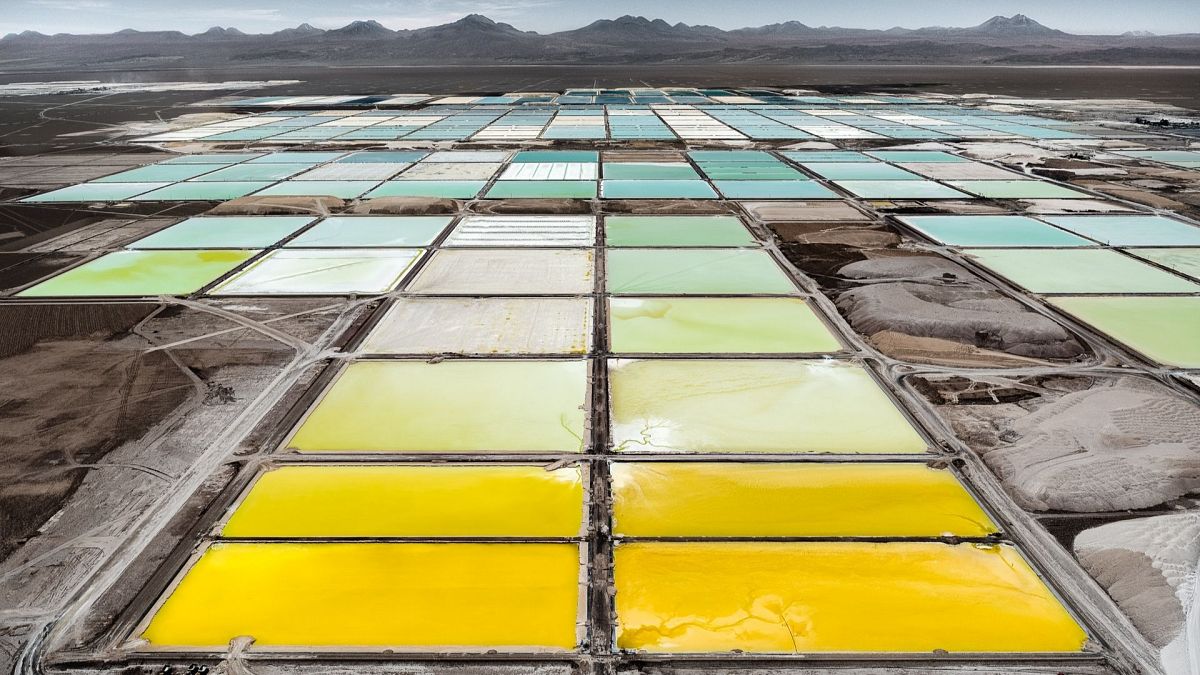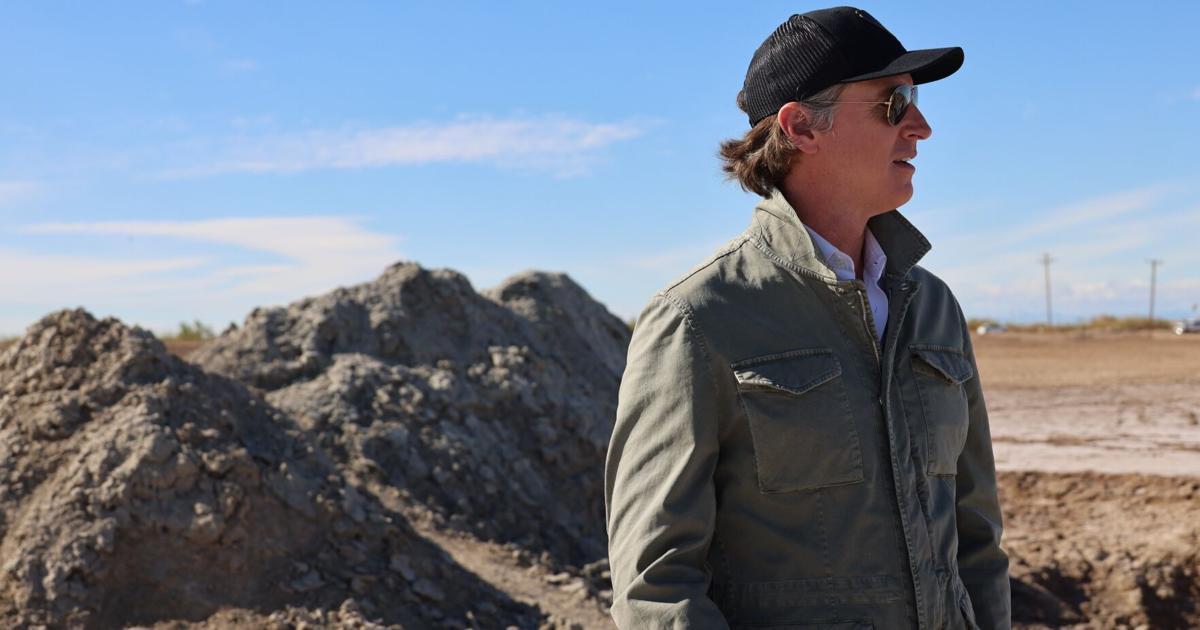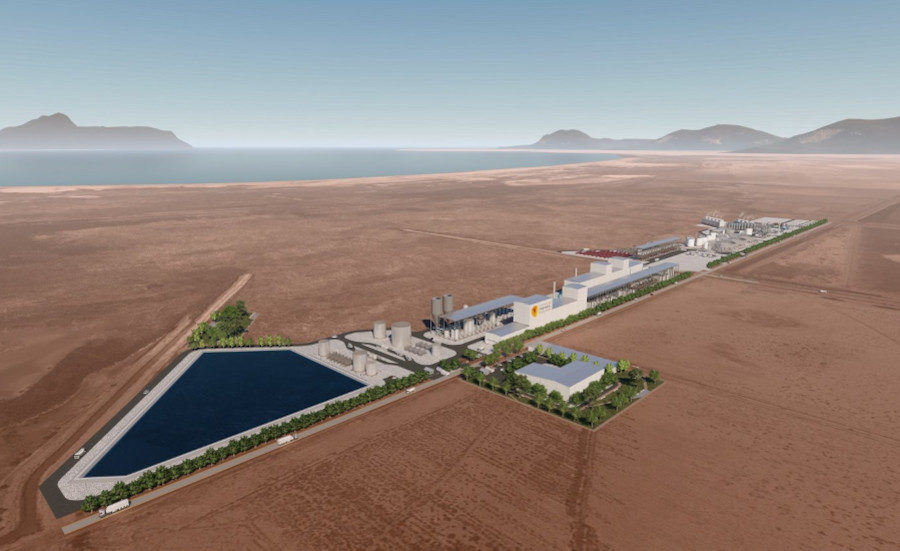- Joined
- Dec 6, 2010
- Messages
- 33,424
- Reaction score
- 5,686
Study: Salton Sea has enough lithium to make more than 375 million EV batteries
Southern California site could reduce U.S. dependence on lithium imports from China and South America.
The mineral-rich stew bubbling thousands of feet beneath the shores of Southern California’s Salton Sea contains one of the largest lithium deposits in the world, with enough of the valuable metal to make batteries for more than 375 million electric vehicles, according to a long-awaited analysis published Tuesday.
“It’s pretty exciting how much is there,” said Michael McKibben, a geology research professor from UC Riverside who worked on the 371-page report commissioned by the Department of Energy.
Since there are fewer than 300 million vehicles on the road in the United States today, the study suggests there’s ample lithium in this remote desert outpost to help replace every gas-guzzler in the country with an emission-free EV. That should allow us to eventually halt problematic lithium imports from South America and China, which McKibben said would boost U.S. energy security as we push toward President Biden’s goal of making 50% of vehicles electric by 2030.
That could also leave enough lithium to allow the United States to become an exporter of a metal that’s viewed as key to decarbonizing economies around the world.
But that hinges on the success of three companies — Berkshire Hathaway, EnergySource and Controlled Thermal Resources — that have been working for years on plans to extract lithium from the area’s geothermal field in a cost-efficient, eco-friendly way.
Those companies’ timelines for starting commercial lithium production at the Salton Sea all have been nudged back multiple times. But Rod Colwell, chief executive of Controlled Thermal Resources, said the new report “confirms much larger lithium reserves than originally thought,” which he said “will no doubt assist with financing” to keep his company’s lithium plant project moving forward.
Carlsbad-based EnergySource expects to break ground early next year on the area’s first full-scale lithium extraction plant. McKibben said he’s hopeful that we’ll then start to see commercial production from these companies in 2028 — the same year global demand for lithium is projected to exceed supply.
Lithium’s capacity to quickly charge, recharge and transfer lots of energy has, over the past 30 years, made it the primary component in batteries that run everything from laptops to cell phones to EVs. But just 1% of lithium used in the U.S. is now sourced domestically, all from a single site in Nevada.
Most of the world’s raw lithium comes from Australia and South America, where it’s extracted via hard-rock mining or massive evaporation pools — both of which pose environmental problems. Typically, that material is then shipped to China or other far-away places to be made into lithium ion batteries, which are then sent to automaker factories.
That’s why the U.S. government in 2021 declared lithium a “critical mineral,” meaning its extraction is important to national security. And it set aside money to boost both domestic lithium production and battery manufacturing, including funding to pay for this study to quantify for the first time just how much lithium is in the geothermal field around the Salton Sea.
To get at that number, McKibben said his team — which is run through the energy department’s Lawrence Berkeley National Laboratory, with help from four UC Riverside professors and others from around the world — first looked at how much lithium is in extracted brine. That’s around 200 parts per million. They then assessed the size of area’s entire geothermal brine reservoir. From there, McKibben said simple calculations suggest the Salton Sea region could produce more than 3,400 kilotons of lithium.
There’s actually a glut of lithium right now, which McKibben attributed largely due to EV sales plummeting in China amid that country’s depressed economy. But he said supplies are expected to run short in another five to seven years, which should drive prices up just in time for the Salton Sea plants to start coming online. And those facilities hopefully can scale to meet domestic demand, with the research firm Atlas Public Policy predicting EV sales in the U.S. will top 1.3 million this year.
The study also offered some encouraging news about how lithium extraction might impact regional water resources, air quality, emissions and seismic activity.
Lithium will be extracted through geothermal plants, which drill down thousands of feet to bring the Salton Sea’s boiling brine to the surface, then use the steam it generates to turn clean-energy turbines and produce electricity. Eleven such plants — 10 run by Berkshire Hathaway and one by EnergySource — have been operating in the area as energy producers for up to 40 years. But now, instead of sending all of that brine back into the earth, those companies and newcomer Controlled Thermal Resources plan to extract lithium and other valuable minerals.
Since the companies plan to piggyback on their geothermal plants and use that energy to power their lithium extraction operations, McKibben said they won’t be creating new emissions.
Water use is still a concern, though McKibben said companies can recapture some through condensation from the steam. And he said EnergySource is reportedly recycling 80% of the fresh water it’s using.
There has been an increase in seismic activity since companies started producing geothermal energy in the area four decades ago. But the report states that increase appears to have leveled off, and McKibben said his team doesn’t have major concerns about lithium extraction triggering a large earthquake.
“These investigations highlighted the need to proceed with good monitoring and verification systems and with appropriate mitigation technologies,” the report states. “However, the analysis illustrates that if these things are done properly, lithium development is not likely to create significant negative environmental impacts.”

Study: Salton Sea has enough lithium to make more than 375 million EV batteries
A new report suggests there’s ample lithium in this Southern California desert outpost to help replace every gas-guzzler in the country with an emissions-free EV.
Last edited:




